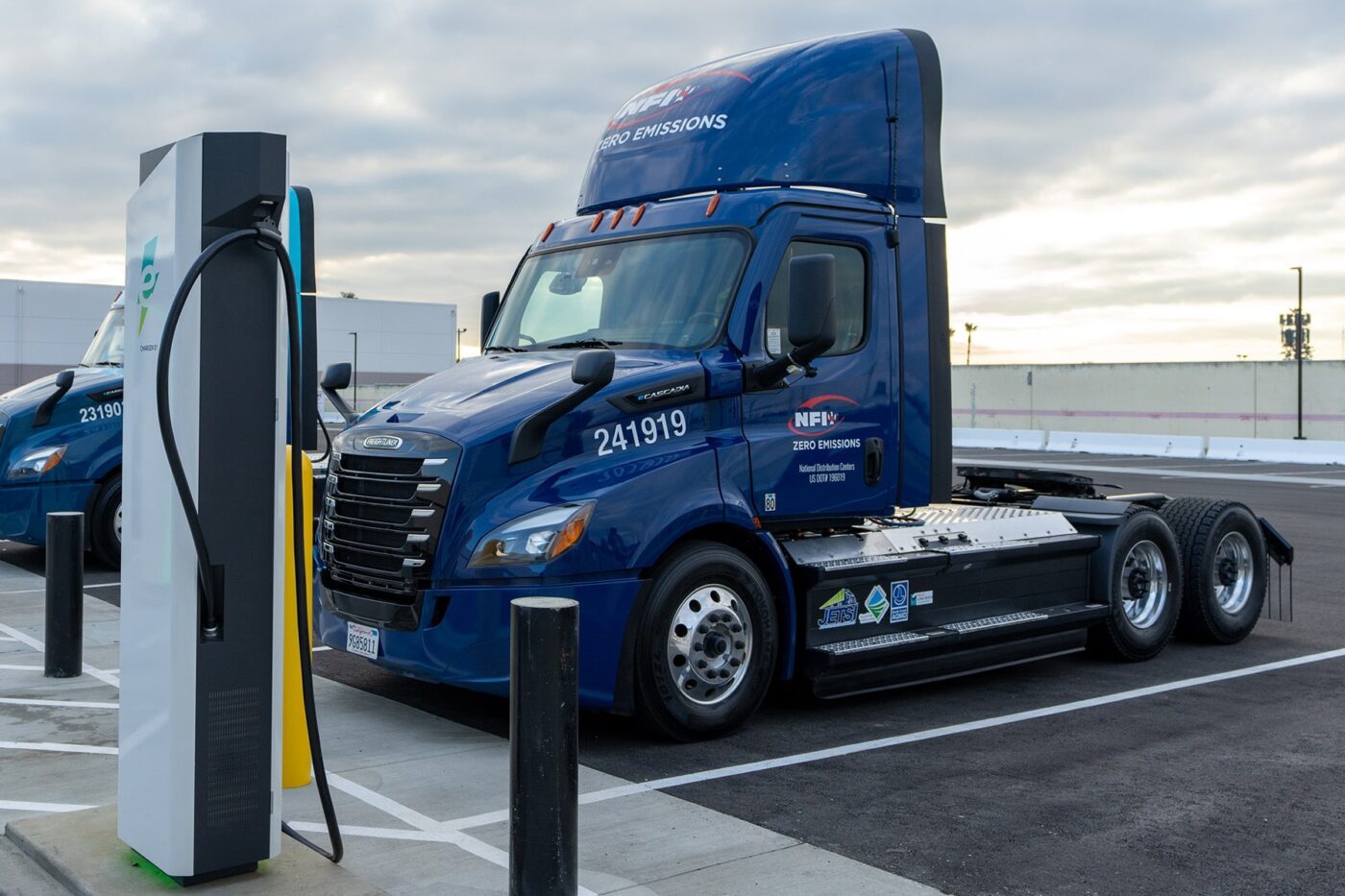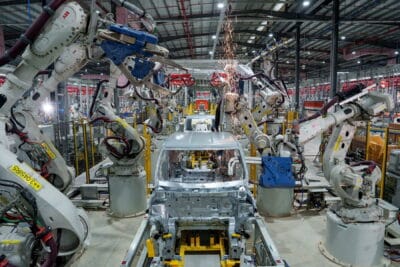US finalises CO2 limits for heavy commercial vehicles
Almost a fortnight ago, the EPA published the new CO2 fleet limits for cars and vans up to 3.8 tonnes for the years 2027 to 2032. Compared to the previously published draft, the EPA is lowering the targets slightly at the beginning of the six-year period but is maintaining the target for 2032 almost one-to-one. It is now taking the same approach for heavy commercial vehicles.
Regulations for heavy commercial vehicles are more complex than for light vehicles, as the EPA introduces different limits depending on the type of vehicle and its intended use. These can only be achieved with a certain percentage of zero-emission vehicles. For example, the EPA states that around 30 per cent of heavy-duty commercial vehicles would have to be emission-free by 2032 in order to achieve the targets. The estimate is 40 per cent for short-haul tractor units and for long-haul trucks, 25 per cent.
In the US, heavy-duty commercial vehicles include delivery vans, refuse trucks or tipper trucks, public utility trucks, transit, shuttles and school buses. Tractor units are primarily used for the transport of goods. The new standards continue the existing regulation for heavy-duty vehicles, which the EPA adopted in December 2022 – and represent the third phase of the EPA’s clean commercial vehicle programme.
The EPA emphasises that the standards are performance-based and technology-neutral so that each manufacturer can decide which technology mix best suits them and their customers’ needs. “There’s a list of options that truck drivers, owners and operators can choose from […] while we (do) not sacrifice the very stringent environmental goals that we have set,” EPA Administrator Michael S. Reganer told reporters recently.
The trucking industry has criticised the new rules. While the new limits lowered the zero-emission sales rates proposed for model years 2027 to 2029, they would require higher sales later, leading to a de facto mandate for electric and hydrogen-powered trucks, according to a statement from several US trucking associations. The Truck and Engine Manufacturers Association, which represents Daimler Truck, Volvo Trucks and Cummins, among others, is even more explicit: it fears that “the final rule will end up being the most challenging, costly and potentially disruptive heavy-duty emissions rule in history.”
The EPA counters that the new regulations will avoid up to 1 billion tonnes of greenhouse gas emissions over the next three decades and result in “$13 billion in annualised net benefits to society” in the form of fewer hospitalisations, lost work days and deaths.
reuters.com, apnews.com, epa.gov, epa.gov (PDF)





0 Comments